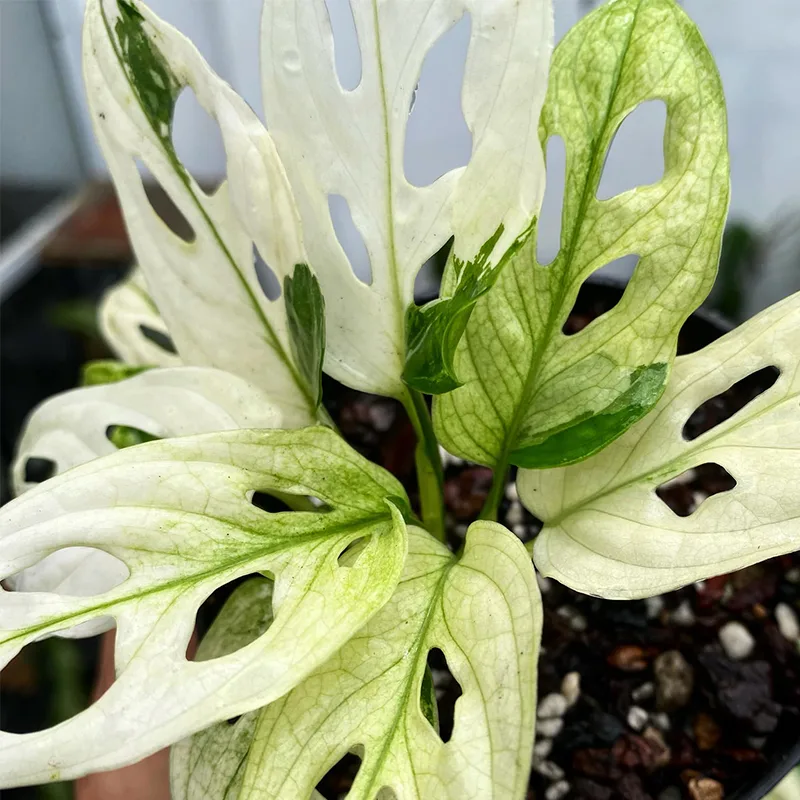
What is Campanula Glomerata?
Campanula Glomerata, commonly known as Clustered Bellflower, is a perennial plant known for its dense clusters of bell-shaped flowers. It belongs to the Campanulaceae family and is native to Europe and Asia. The plant can grow up to 24 inches tall and thrives in well-drained soil, making it a versatile choice for many garden settings.
459 Species in Genus Campanula – Bellflowers
Is Campanula Glomerata Invasive?
One common concern about Campanula Glomerata is its potential to be invasive. In my experience, while it can spread vigorously under the right conditions, it is not typically considered invasive in most regions. However, it’s essential to monitor its growth and manage it appropriately to prevent it from taking over your garden.
When to Plant Campanula Glomerata?
Timing is crucial when planting Campanula Glomerata. I’ve found that the best time to plant this beauty is in the spring or early autumn. Planting during these periods allows the roots to establish themselves before the intense heat of summer or the harsh cold of winter sets in.
How to Grow Campanula Glomerata?
Growing Campanula Glomerata is relatively straightforward. Here are the steps I follow:
- Location: Choose a spot with full sun to partial shade.
- Soil: Ensure the soil is well-drained and rich in organic matter.
- Planting: Space the plants about 12-18 inches apart to allow for growth.
- Watering: Keep the soil consistently moist but not waterlogged.
- Fertilizing: Apply a balanced fertilizer in the spring to encourage growth.
How to Germinate Campanula Glomerata Seeds?
Germinating Campanula Glomerata seeds requires patience and care. Here’s my method:
- Sowing: Sow the seeds on the surface of a seed-starting mix and press them lightly.
- Light: Provide indirect light as the seeds require light to germinate.
- Moisture: Keep the soil consistently moist.
- Temperature: Maintain a temperature of around 65-70°F.
- Transplanting: Once seedlings are large enough to handle, transplant them into individual pots before planting them outdoors.
How to Care for Campanula Glomerata?
Caring for Campanula Glomerata involves regular maintenance. I ensure to:
- Water: Water the plants regularly, especially during dry spells.
- Mulch: Apply mulch around the plants to retain moisture and suppress weeds.
- Fertilize: Feed the plants with a balanced fertilizer in spring and mid-summer.
- Support: Provide support if the stems become too tall and start to flop over.
How to Deadhead Campanula Glomerata?
Deadheading is essential to keep your Campanula Glomerata blooming. Here’s how I do it:
- Tools: Use sharp scissors or pruning shears.
- Process: Cut off the spent flower stems just above the nearest set of healthy leaves.
- Frequency: Deadhead regularly throughout the blooming season to encourage continuous flowering.
How to Prune Campanula Glomerata?
Pruning helps maintain the plant’s shape and health. In my garden, I prune as follows:
- Timing: Prune in late winter or early spring before new growth starts.
- Method: Remove any dead or damaged stems and cut back the plant by about one-third to encourage bushier growth.
- Tools: Always use clean, sharp pruning shears.
How to Propagate Campanula Glomerata?
Propagating Campanula Glomerata can be done through division or cuttings. Here’s my approach:
- Division: In spring or autumn, dig up the plant and divide the root clump into smaller sections, ensuring each section has roots and shoots.
- Cuttings: Take stem cuttings in late spring or early summer, dip them in rooting hormone, and plant them in a moist, well-drained mix.
How to Get Rid of Campanula Glomerata?
Sometimes, you may need to control or remove Campanula Glomerata. Here’s what works for me:
- Digging: For small infestations, dig up the plants, ensuring all roots are removed.
- Herbicide: Use a non-selective herbicide for larger areas, but be cautious as it will kill other plants as well.
- Prevention: Mulch heavily and monitor for any new growth to prevent re-establishment.
Where to Buy Campanula Glomerata?
Finding quality Campanula Glomerata plants or seeds is essential. I recommend checking:
- Local Nurseries: Visit local garden centers and nurseries.
- Online Retailers: Websites like Burpee, Park Seed, and local botanical gardens often have a good selection.
- Plant Shows: Attend plant fairs and garden shows for unique varieties.
Campanula Glomerata has brought much joy to my garden, and I hope my experiences help you cultivate and enjoy this stunning plant as much as I do. Happy gardening!
If i die, water my plants!



